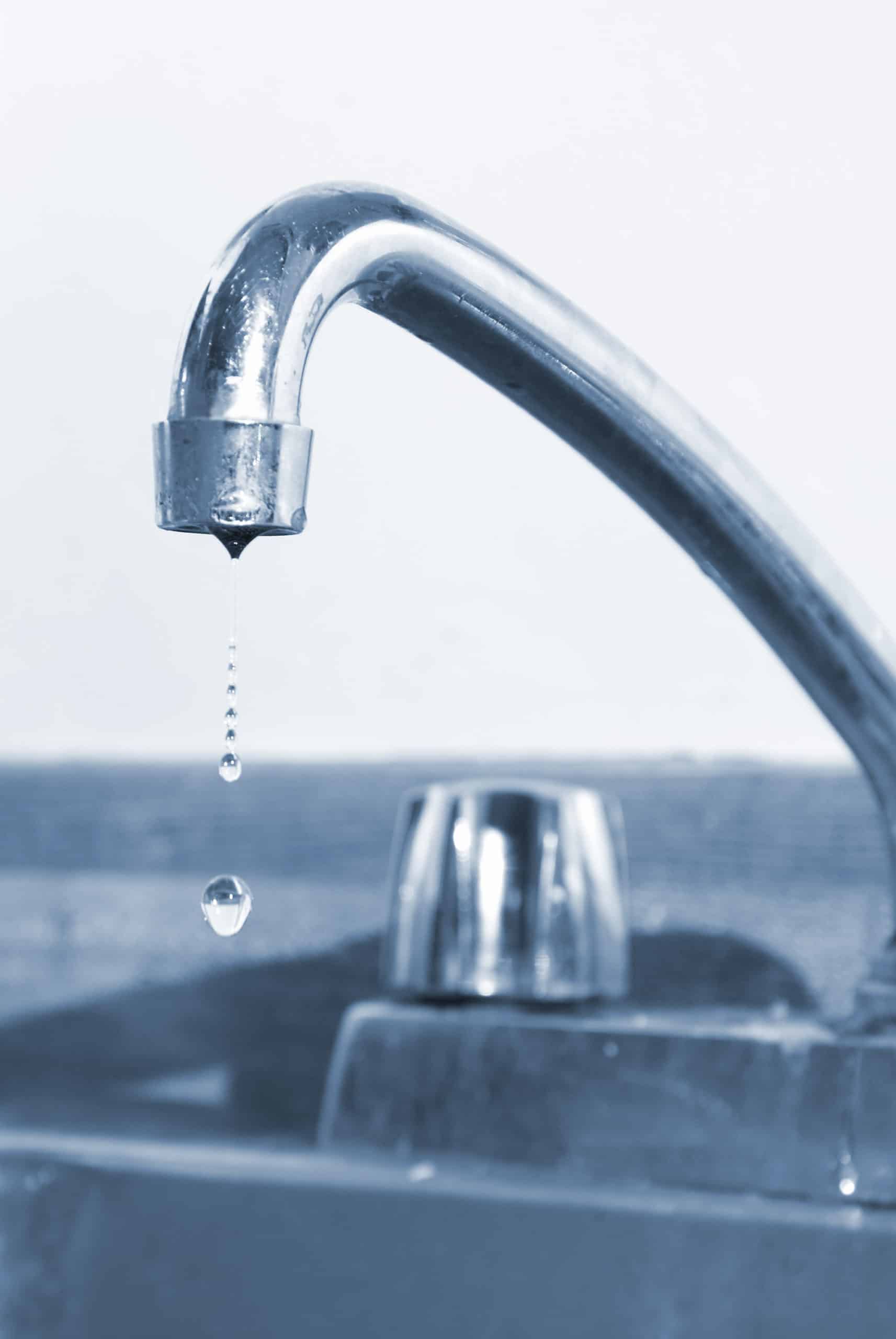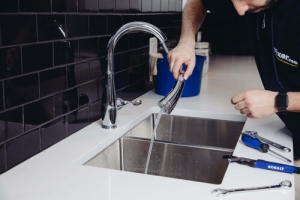They are making several good annotation on the subject of What Causes Leaky Faucets & How To Fix Them in general in this content underneath.

Dripping taps may feel like a small inconvenience, however their impact surpasses simply the annoyance of the audio. From wasting water to incurring unneeded economic prices and health dangers, overlooking a dripping faucet can bring about numerous repercussions. In this post, we'll explore why it's vital to resolve this typical household issue quickly and effectively.
Waste of Water
Ecological Influence
Trickling taps add dramatically to water wastage. According to the Environmental Protection Agency (EPA), a single faucet dripping at one drip per second can waste greater than 3,000 gallons of water annually. This not just stress water sources yet likewise impacts environments and wild animals based on them.
Financial Costs
Increased Water Bills
Beyond the environmental influence, dripping faucets can blow up water bills considerably. The accumulated wastage over time equates right into greater energy expenditures, which could have been avoided with timely repair work.
Prospective Residential Or Commercial Property Damage
Moreover, long term leaking can lead to damage to components and surface areas bordering the tap. Water accumulation can trigger discoloration, corrosion, and even structural problems if left neglected, resulting in additional repair work expenses.
Wellness Problems
Mold and Mildew Growth
The constant visibility of wetness from a trickling tap creates a perfect atmosphere for mold and mildew development. These fungis not just jeopardize interior air high quality however likewise position wellness threats, especially for individuals with respiratory conditions or allergic reactions.
Waterborne Illness
Stagnant water in trickling faucets can become a breeding place for bacteria and various other microorganisms, enhancing the danger of waterborne diseases. Impurities such as Legionella germs thrive in stationary water, potentially bring about major health problems when ingested or breathed in.
Do it yourself vs. Specialist Repair
Benefits and drawbacks of DIY Repair Service
While some may attempt to deal with a dripping faucet themselves, DIY repair services feature their own set of obstacles. Without correct knowledge and devices, DIY attempts can intensify the concern or bring about incomplete repair work, extending the problem.
Benefits of Employing an Expert Plumber
Employing a professional plumber makes sure that the underlying root cause of the trickling faucet is addressed effectively. Plumbers have the expertise and tools to detect and fix faucet issues successfully, conserving time and decreasing the threat of more damage.
Step-by-Step Guide to Dealing With a Dripping Tap
Tools Required
Before trying to fix a leaking tap, collect the needed tools, including an adjustable wrench, screwdrivers, substitute parts (such as washers or cartridges), and plumber's tape.
Usual Tap Issues and Their Solutions
Identify the kind of tap and the certain issue triggering the drip. Common issues consist of damaged washers, rusty shutoff seats, or malfunctioning O-rings. Refer to producer instructions or on the internet tutorials for step-by-step support on repair work.
Safety nets
Normal Maintenance Tips
To avoid leaking taps, execute regular upkeep such as cleaning aerators, evaluating for leakages, and changing damaged components immediately. In addition, take into consideration mounting water-saving gadgets or upgrading to a lot more effective components.
Significance of Prompt Fixes
Dealing with leaking faucets as soon as they're noticed protects against more water waste and potential damage, inevitably conserving both water and cash in the future.
Effect On Building Worth
Perception of Well-Maintained Property
Keeping a residential property in good condition, including resolving maintenance concerns like dripping taps, enhances its viewed worth and value amongst potential purchasers or lessees.
Influence on Resale Value
Properties with well-kept plumbing components, consisting of faucets, command higher resale values in the property market. Addressing leaking taps can add to a favorable impression during home examinations and arrangements.
Ecological Duty
Specific Payment to Preservation
Taking duty for dealing with leaking faucets aligns with wider initiatives toward water preservation and ecological sustainability. Every individual's activities jointly make a substantial influence on maintaining precious sources.
Sustainable Living Practices
By prioritizing timely repair services and taking on water-saving habits, individuals add to lasting living techniques that profit both existing and future generations.
Final thought
Addressing a dripping tap surpasses plain comfort; it's a crucial action towards saving water, decreasing financial prices, and securing health and residential property. Whether through do it yourself repairs or specialist support, doing something about it to take care of dripping faucets is a little yet impactful way to advertise liable stewardship of resources and add to a healthier, a lot more lasting future.
Why Are My Faucets Dripping (And Can I Fix it Myself)?
Causes of a Dripping or Leaking Faucet
Whether you’re hearing drops of water falling and hitting a sink, or noticing water ooze out from the base of the spout, you shouldn’t ignore a dripping or leaking faucet. And, the good news is, sometimes you can fix the problem yourself.
In this article, we’ll review a few common causes of dripping and leaky. We’ll also walk you through some basic ways to find the problem and handle it without calling anyone — and let you know when to call in a pro.
But, no matter what the cause, or whether you can handle it on your own, the sooner you address it, the better.
Each drip may be a tiny amount of water. But, they all add up quickly. According to the U.S. Geological Survey, one faucet losing one drop every 20 seconds — five a minute — wastes around a liter of water every day, and 173 gallons a year.
Add in more than one in your house, and it’s a lot of water to waste. So, we’ll help you get to the bottom of things quickly.
Four Reasons Your Faucet May Be Dripping
Aerator is Damaged or Unseated Valve Seat is Corroded O Ring is Loose or Worn Out Part of the Assembly is Loose Aerator is Damaged or Unseated
If you unscrew the end of your faucet, you’ll find the aerator. It’s the little stem piece with a screen on it that shuts off the water circulation.
If it’s damaged, or if it’s not sitting right, it will allow water to pass through.
Valve Seat is Corroded
Next is the valve seat, which is connected to the washer. If the washer wasn’t in place correctly, then it could have ground against the seat. Over time, this damages the valve seat.
The problem could also be corrosion: Over time, the part has worn out, and it’s now allowing water to pass through.
O Ring is Loose or Worn Out
Since the o ring is only a small rubber gasket, it’s a common reason why the faucet is dripping. You’ll find it at the base of the faucet, and it’s there to keep water from coming out where it’s not supposed to.
However, it’s common for the o ring to wear out over time. When it does, you’ll notice a drip.
Part of the Assembly is Loose
So far, we’ve looked at a few small, specific parts. But, the problem could be anywhere in the assembly if something’s out of place.
Even if a part isn’t damaged, over time, it may have become loose or dislodged. It could be the parts we mentioned, or the aerator at the tip of the faucet, the stem itself,
Can I Fix a Leaky Faucet Myself?
Depending on the problem, and how handy you are, there’s a chance you can fix a leaky faucet without calling a professional. But, you do run the risk of making the problem worse.
If it’s a small drip, you can certainly try a few troubleshooting tactics. We’ll walk you through them in a moment.
But, no matter what, your first step should be shutting off the water coming into the faucet. You should find a shutoff valve under the sink on the pipes leading to it. Turn each one clockwise until they close tightly.
Next, make sure you have the right tools for whatever you’re attempting. It’s tempting to make do with what you have. But, you need the right ones for a reason: You’re often dealing with small parts that can break if you handle them carelessly.
If you’re feeling confident, here are some places to start.
Items Near the Tip of the Faucet
A few of the parts we mentioned — particularly the valve seat and washer — are located at the tip of the faucet where the water comes out. They’re easy to access, making it a good place to start.
Check the O Ring
To check the o ring, you’ll need to take off the spout at the base. It’s easiest on kitchen sinks with long spouts, versus the smaller, bulkier base on most bathroom sinks.
Either way, this can be tricky, so do it carefully and don’t force anything. If it’s not coming right off, you’re much better off calling in a pro than possibly breaking something.
For a kitchen sink, there’s usually a nut or coupling assembly at the base of the spout. These often slide off easily without using any tools.
Once you’ve disassembled those parts, gently but forcefully twist off the spout.
Then, you can see the o rings. There should be two of the rubber gaskets on the base. If they look worn or damaged, replace them, and see if that solves the problem.

As a reader on 4 Common Reasons for a Leaky Faucet, I thought sharing that excerpt was worthwhile. For those who appreciated our page please be sure to share it. I treasure reading our article about Why It's Important to Fix Leaky Faucets.